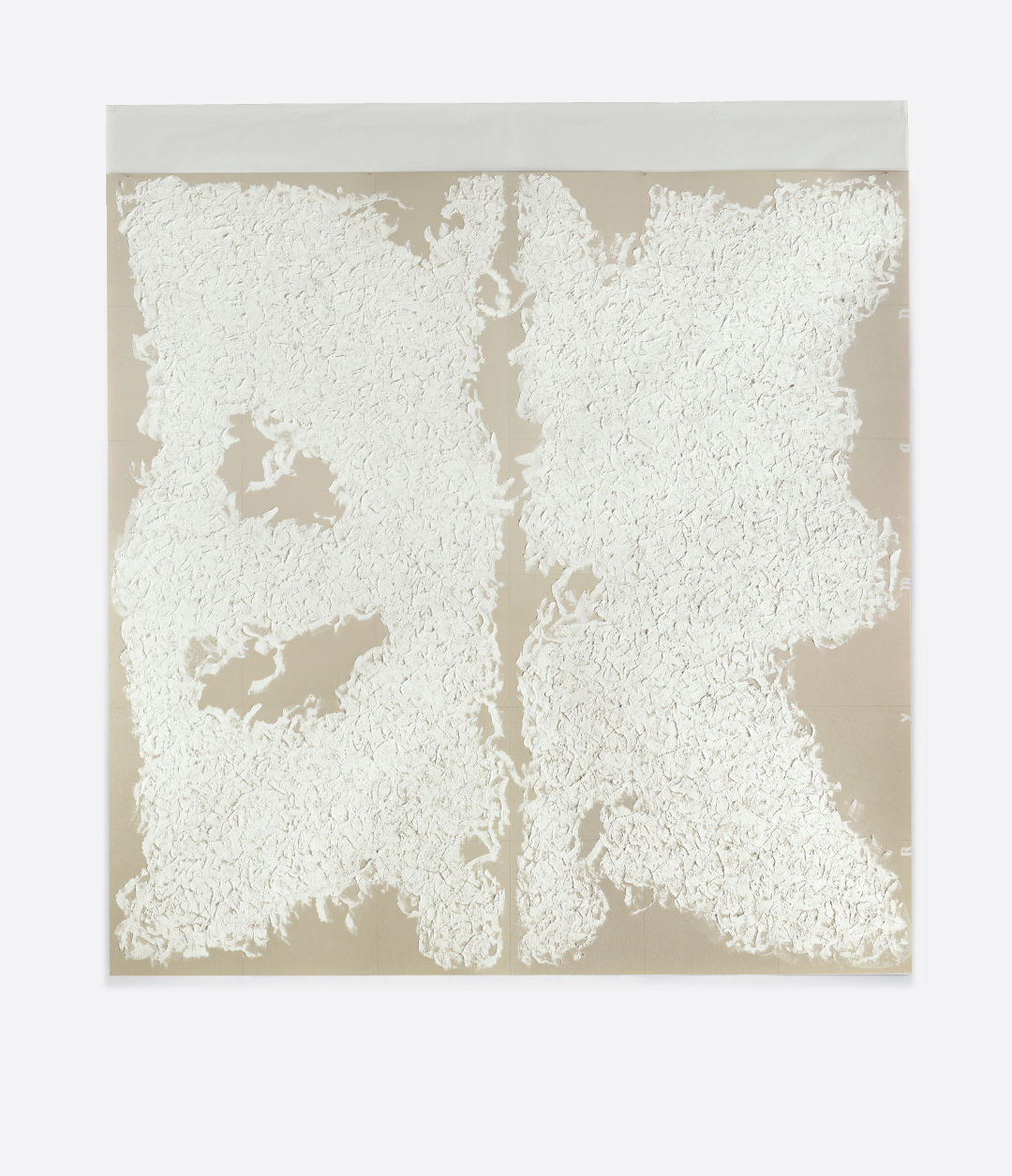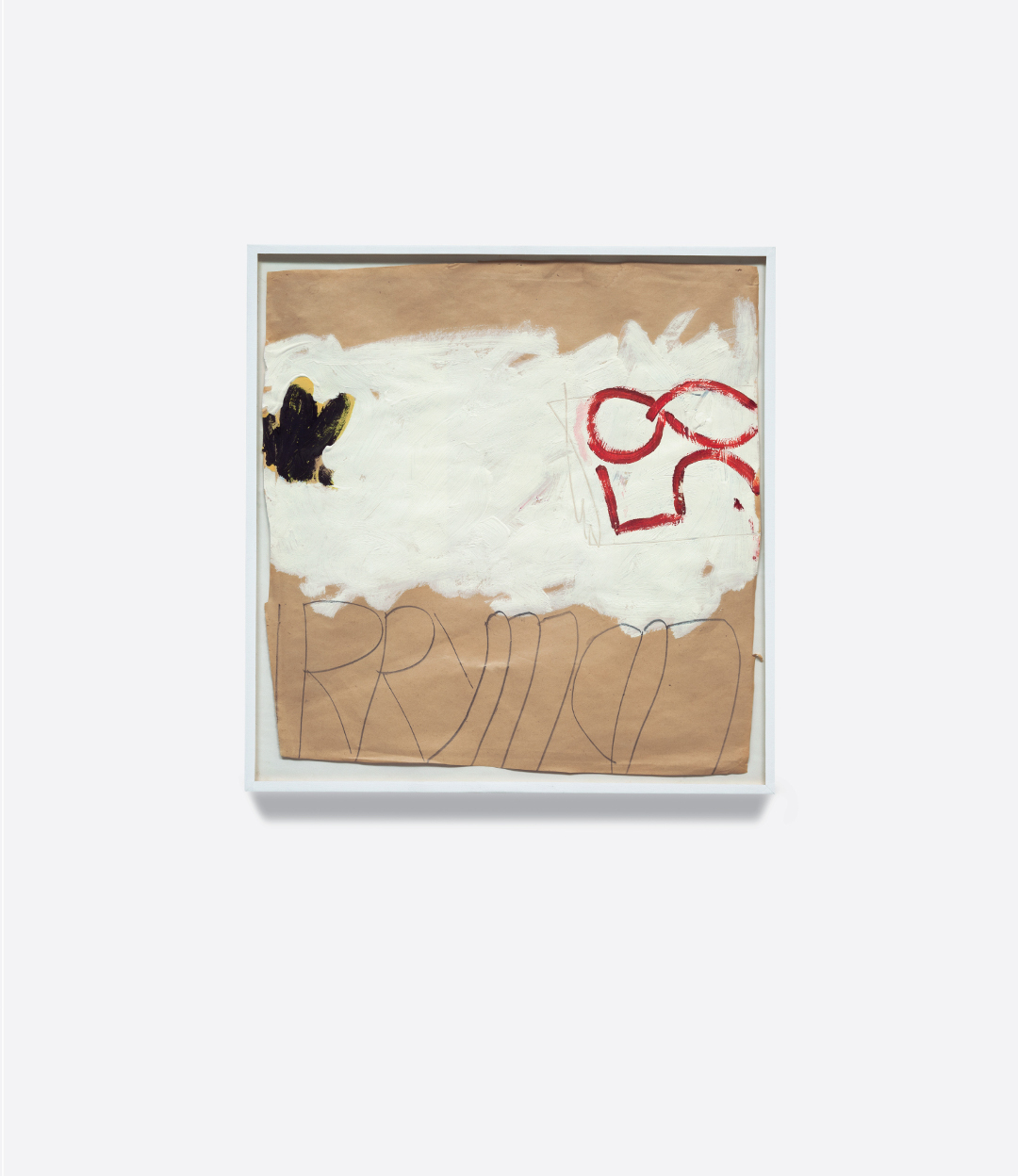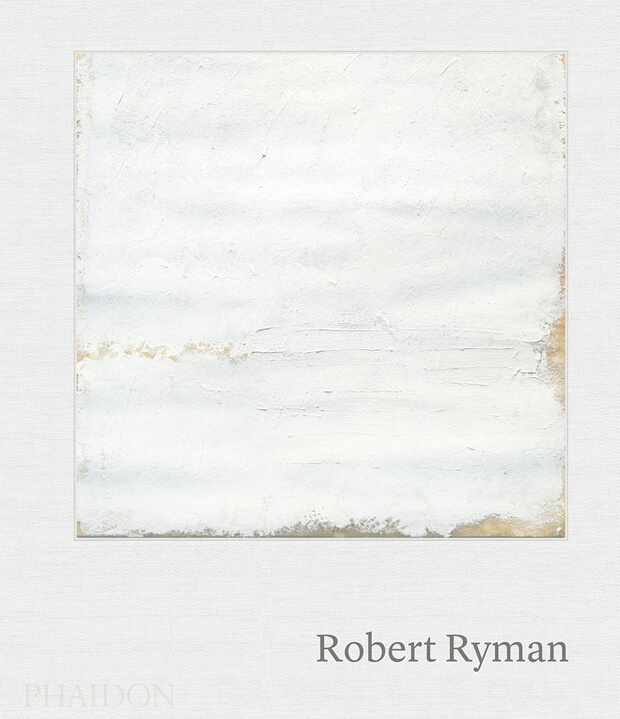
Don't get Robert Ryman? Try viewing his work as sculptures!
That's the advice of Vittorio Colaizzi, author of our Robert Ryman book, though he admits Robert might not like it
An abstract artist who creates painting after painting in one colour – white – is likely to put a little pigment into the cheeks of those who deride modern and contemporary art. Robert Ryman is just such an artist. Within the art world, Ryman's position is unasailable, as Vittorio Colaizzi, Assistant Professor of Art History at Old Dominion University, makes clear in his new book, the first comprehensive monograph on this 87-year-old American artist whose paintings have inspired generations art lovers.
Some casual gallery goers still find Ryman's paintings difficult to engage with. What's the solution? We asked Colaizzi and he came up with a novel suggestion, as he explained to us below.

"He would definitely not like this answer, but for the unfamiliar or sceptical viewer, the best way to approach Ryman’s work is to think of it as sculpture. What do we value in sculpture? The relationships of forms and materials in real space; contrasts of texture, scale, even of colour (of materials). In Ryman’s work you get all this, in a relatively low relief. What is not immediately apparent is what we usually expect from painting: imagery. This is why people feel cheated. They feel that the accomplishment of a painter rests on her or his ability to invent and render an elaborate visual anecdote.
"Ryman’s invention takes place in both a conceptual (pardon the clumsy term) and a performative realm. He re-orients what painting can be (conceptual), and with each painting, he executes (performative) a unique object, whose uniqueness comes from the particular nature and sequence of paint application. I believe Robert Storr was the first to compare this to separate performances of the same musical score.
"Ryman asks us to “see painting” in another way. This is a phrase he uses, which I cite in my introduction, “The Seeing of Painting.” And this is why he would not agree with my advice to - only initially - approach the work as sculpture. Because once you can see that there is not nothing, but something to see, an assemblage of worked material, then you can recognize that this is painting. It is the application of paint in such a way that leaves clear traces of itself, calling attention to, not a fictional space constrained within the picture plane, but a space on and around the receptive plane that is continuous with the space we inhabit.
"But this isn’t enough. Ryman has been upping the ante from early in his career by, alongside his usual all-over approach, occasionally applying the paint in concentrated areas, appearing to make shapes, which would seem to resolve into pictorial relationships of abstraction (a term Ryman finds unsatisfactory).
"This is an aspect I emphasize in my book that I think no one else has, and it serves as a kind of answer or other side of the coin to Yve-Alain Bois’s brilliant analysis of Ryman’s non-compositional approach, whereby the lingering abstract expressionist subjectivity that still haunts his painting is regulated into orderly rows and preordained processes.

However, because of the variations and sheer beauty of the whole endeavour, the pure objectivity that was part of modernism’s longstanding ambitions is never attained. That’s a quick paraphrase of Bois’s argument from around 1981, and he has subsequently emphasized Ryman’s beauty and material experimentation. In any case the imperative, within abstract painting, to somehow supersede invention through a systematic approach, remains; we see it in the galleries today. I argue that Ryman’s urgent relevance to contemporary painting is that he makes strange and wonderful images by attending only to the process of painting, by not fretting about the image."
Want more sharp insight from Prof Colaizzi and excellent paintings from Mr Ryman? Then order a copy of our Professor Colaizzi’s book on Robert Ryman here.